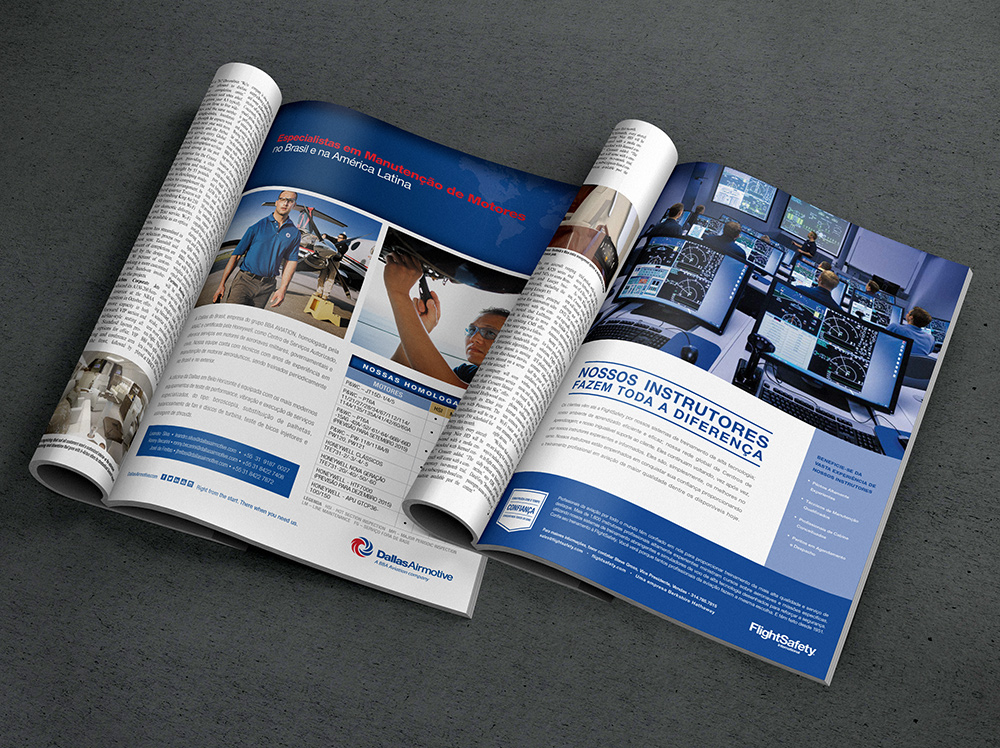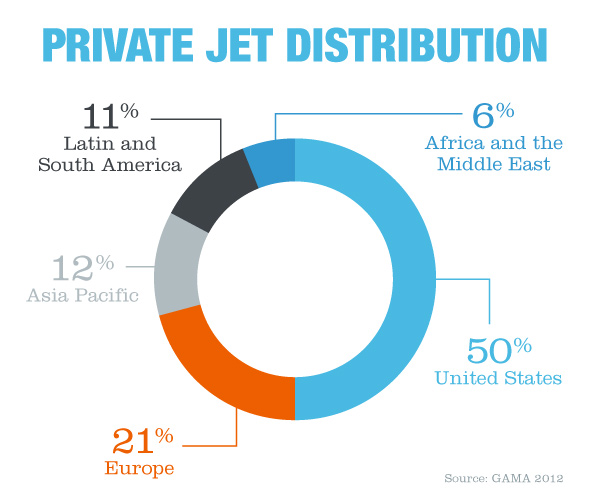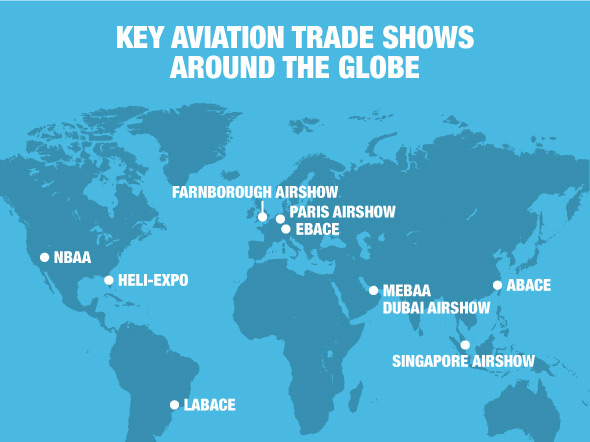The Multilingual Advantage of Bizav
08.13.15 · Sonia Greteman
English has long been the language of aviation. For cockpit and air traffic control communications, that’s not going to change. But we do see a shift underway.
A glance through ABACE show dailies makes it clear that English no longer has an exclusive hold on aviation marketing and information. Most of the stories ran in both English and Chinese, as did some of the ads. Some ads were in Chinese only.
Portuguese for LABACE
Ad buys for LABACE dailies, our contacts tell us, are coming in roughly 50% Portuguese only and 75% both Portuguese and English. This signifies a major shift. Going with the language of the host country adds complications, yes, but sends a clear signal that you’re committed to the global marketplace. São Paulo and Shanghai exemplify markets with buying power that very much favors the local language. Marketing at other international shows – in Paris, Dubai and Singapore – is still in English.

Marketing Online to a Multilingual World
Your website also should reflect your intention to speak the language of your potential customers, wherever they may be. An option is to incorporate a universal translator, such as Google Translate. But beware, translators are crude tools that get close but are rarely right on. To do it right, you really need a website built for multiple languages and to have your content translated by professionals. It’s the only way to ensure that your message remains consistent from one language to another.
Aviation Is the Universal Language

Those of us in the English-speaking world have had it easy since the International Civil Aviation Organization was formed back in 1944 and pronounced English the language of flight control. And we’ve been skating along on the assumption that it would continue to be the language for everything aviation.
That worked so long as the United States remained the 900-pound gorilla of private aviation, with an overwhelming percentage of the world’s private aircraft. But everyone in aviation knows that’s changing. While the United States still has by far the most business aircraft, the percentage growth is faster in other parts of the world. We live in a global aviation economy.
The Promise and Challenge of Globalization
If we want to remain relevant as the world changes around us, we have to start by speaking the language of our target audience. It’s something to think about each and every time you put your message out there. Who am I speaking to? What language do they speak? And then adapt and make it easy to do business across cultures.
Uma só língua nunca basta. (One language is never enough.)
This article ran in the August 13 issue of AIN Marketing Trends.
